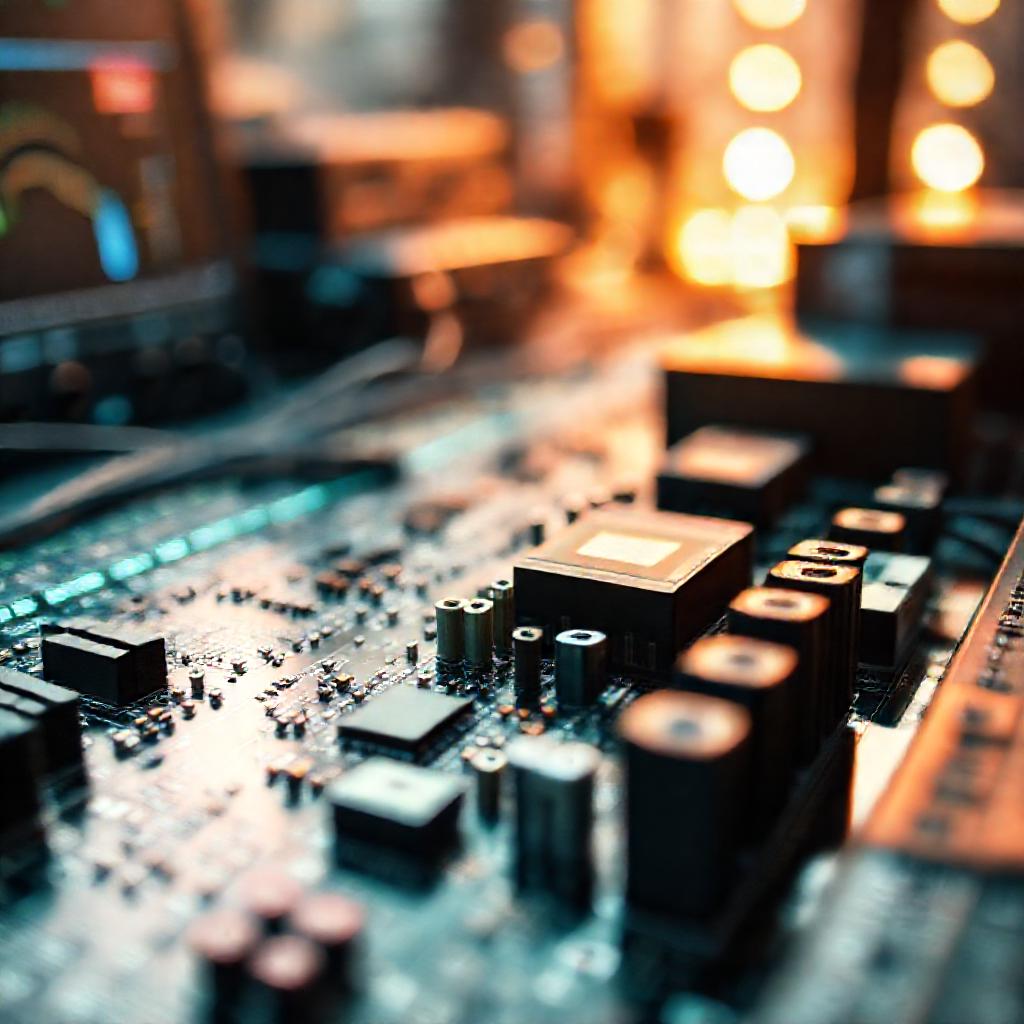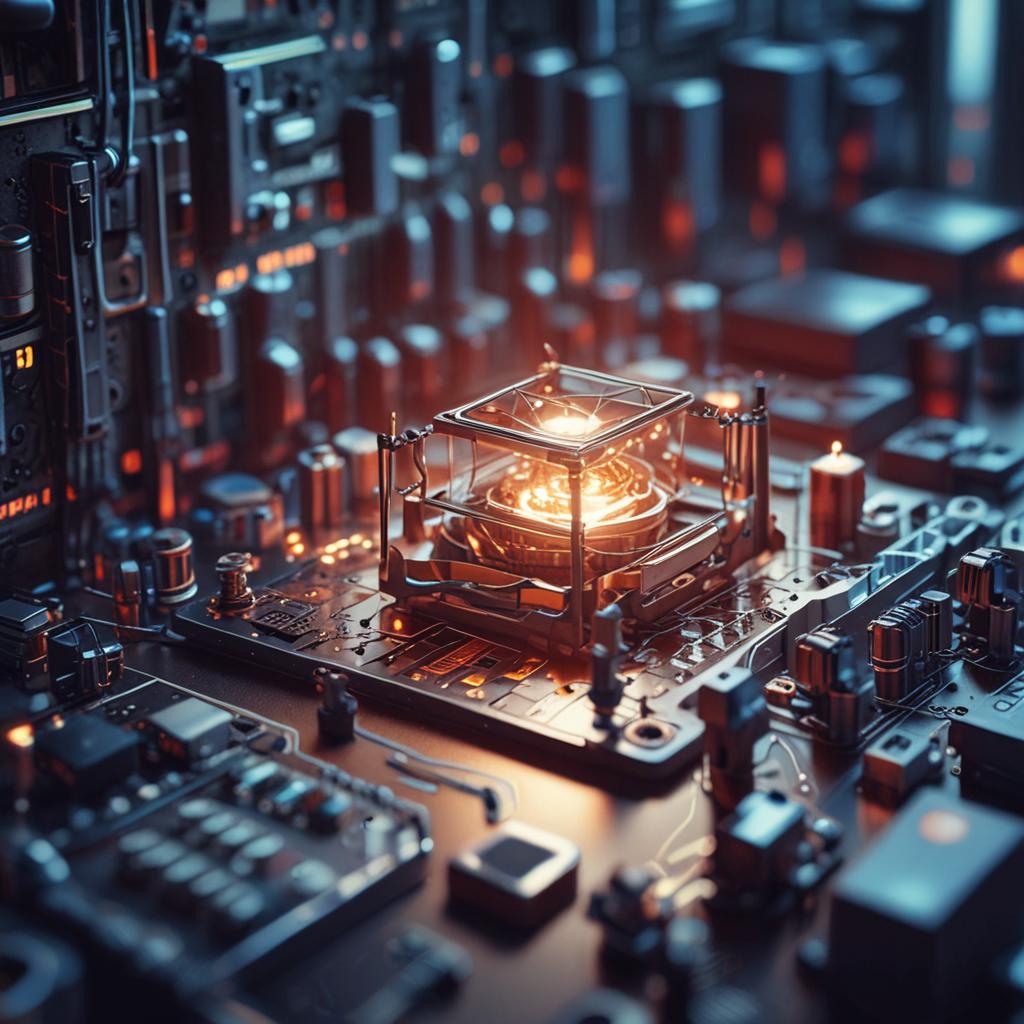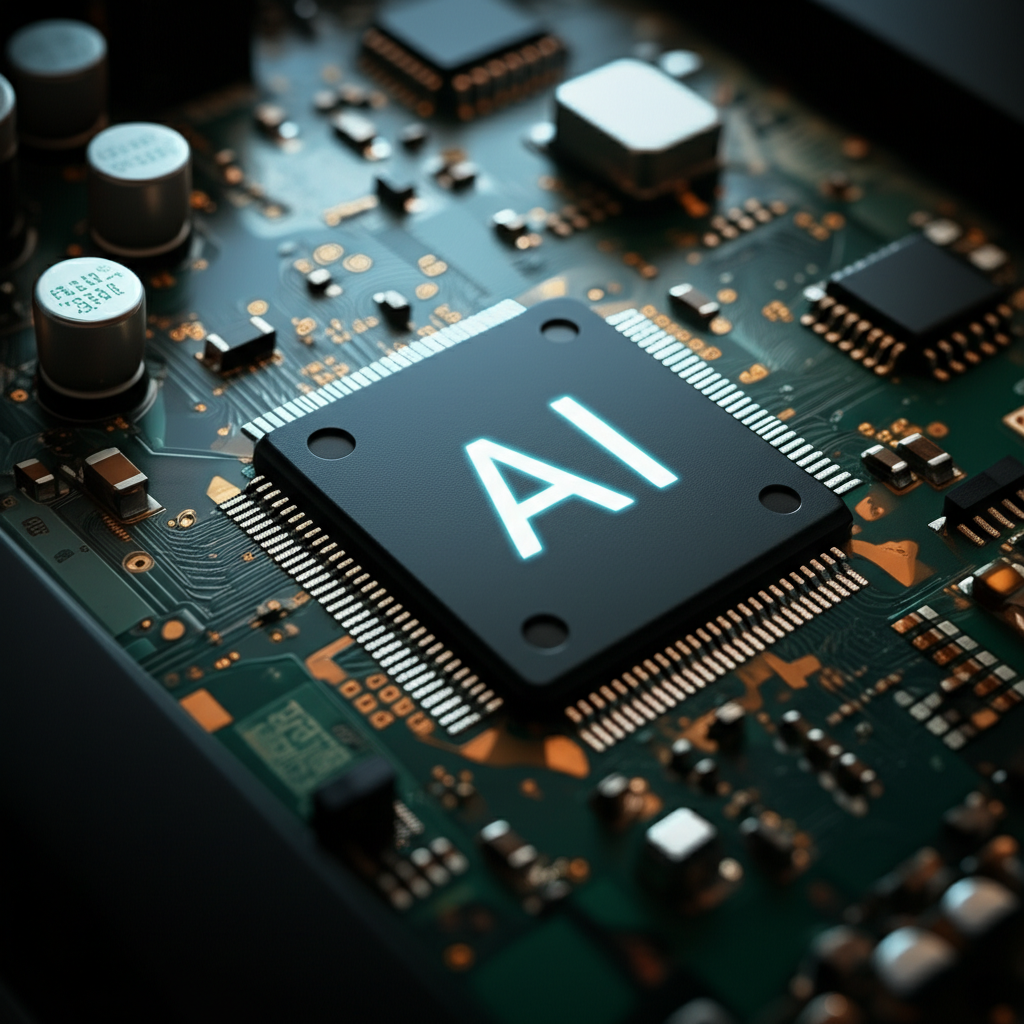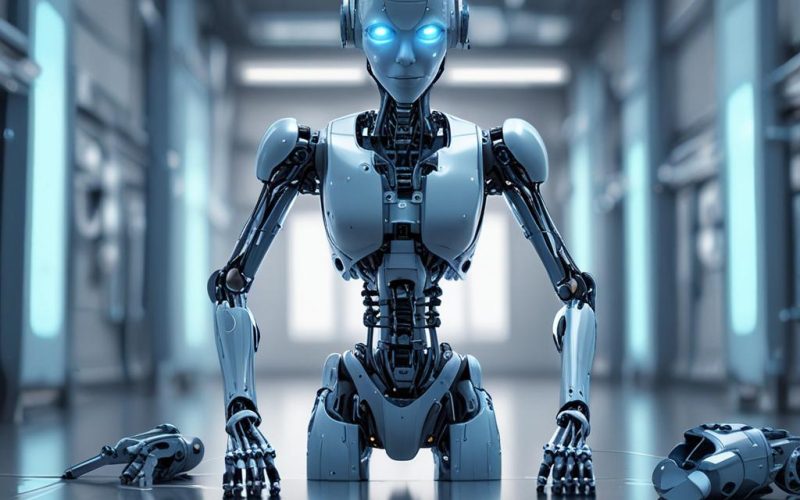Table of Contents Show
The integration of artificial intelligence into robotics is no longer science fiction—it’s happening right now, and at an accelerating pace. From smart assistants in our homes to autonomous vehicles on our roads, AI-powered robots are transforming how we live and work. Over the next five years, we can expect groundbreaking advancements that will push the boundaries of what machines can do, making them more intelligent, adaptable, and integrated into everyday life. This blog explores where we are today, the trends shaping the future, and how industries and society will be impacted by the next wave of AI-driven robotics.
Current State of AI in Robotics
AI is already deeply embedded in modern robotics, primarily through machine learning, computer vision, and natural language processing. In manufacturing, robots use machine learning algorithms to optimize production lines and predict equipment failures. In healthcare, surgical robots leverage computer vision to assist surgeons with precision tasks. Meanwhile, logistics companies deploy AI-powered robots that can navigate warehouses autonomously, identify packages, and manage inventory with minimal human oversight.
These capabilities are not limited to high-tech industries. Service robots in retail and hospitality use natural language processing to interact with customers, while agricultural robots analyze soil and crop conditions using AI-driven insights. The synergy between AI and robotics enables machines to perform complex tasks that once required human cognition, dexterity, and decision-making.
Challenges Facing AI in Robotics
Despite rapid progress, several challenges remain. Data privacy and security are critical concerns, especially as robots collect and process vast amounts of sensitive information. Without robust safeguards, AI systems can be vulnerable to cyberattacks or misuse. Additionally, the lack of standardized protocols across platforms hinders interoperability and slows widespread adoption.
On the technical side, AI in robotics still struggles with common sense reasoning. While robots can perform specific tasks efficiently, they often fail in unfamiliar or unpredictable situations. Most systems require some level of human intervention, particularly when handling abstract reasoning or emotional intelligence. Bridging these gaps will be essential for achieving truly autonomous and reliable robotic systems.
Advancements in Machine Learning and Deep Learning
Over the next five years, machine learning and deep learning will become more sophisticated, enabling robots to learn from real-world experiences rather than relying solely on pre-programmed instructions. Reinforcement learning, in particular, will allow robots to improve performance through trial and error, much like humans do. This will lead to more adaptive systems capable of handling dynamic environments.

Edge AI—processing data locally on the robot rather than in the cloud—will also gain traction. This reduces latency, enhances privacy, and allows robots to operate in areas with limited connectivity. As a result, robots in remote locations or time-sensitive applications like emergency response will become more effective and responsive.
Increased Use of Computer Vision and Sensor Technologies
Computer vision and sensor fusion are set to revolutionize how robots perceive and interact with their surroundings. Cameras, LiDAR, radar, and tactile sensors will be combined to create rich, real-time environmental models. This will enable robots to detect obstacles, recognize objects, and interpret human gestures with greater accuracy.
For example, delivery robots navigating city sidewalks will use sensor fusion to avoid pedestrians and vehicles, while warehouse robots will identify damaged goods using high-resolution imaging and anomaly detection algorithms. These advancements will make robots safer, more reliable, and better suited for unstructured environments.
Rise of Autonomous Robots and Systems
Autonomous systems are poised for explosive growth. Self-driving cars, drones, and autonomous mobile robots (AMRs) will become increasingly common in transportation, logistics, and public services. Companies like Tesla, Waymo, and Amazon are already testing autonomous vehicles and delivery drones, with broader commercial deployment expected within five years.
These systems promise to reduce traffic accidents, lower emissions, and streamline supply chains. However, regulatory hurdles, public trust, and ethical concerns around decision-making in critical situations remain key challenges. As autonomy improves, society will need to establish clear guidelines and accountability frameworks.
Industry Applications of AI in Robotics
Manufacturing and Logistics
AI-driven robotics is reshaping manufacturing and logistics by enhancing efficiency and reducing operational costs. In smart factories, collaborative robots (cobots) work alongside humans, using AI to adapt to changing tasks and optimize workflows. Predictive maintenance powered by machine learning minimizes downtime and extends equipment life.

In logistics, AI enables autonomous forklifts, sorting robots, and inventory drones to manage warehouse operations around the clock. Companies like DHL and FedEx are already deploying AI-powered systems to accelerate order fulfillment and reduce errors. As these technologies mature, fully automated supply chains will become a reality.
Healthcare and Social Robotics
The healthcare sector is witnessing a surge in AI-powered robotics, particularly in surgery, rehabilitation, and elderly care. Surgical robots like the da Vinci system use AI to enhance precision and reduce recovery times. Meanwhile, rehabilitation robots assist patients with mobility training, adjusting support levels based on real-time feedback.
Social robots are also emerging as companions for the elderly and individuals with cognitive impairments. These robots use natural language processing and emotion recognition to provide conversation, reminders, and emotional support. While they won’t replace human caregivers, they can alleviate loneliness and improve quality of life.

Other Industries and Applications
AI in robotics is expanding into diverse fields such as agriculture, construction, and education. In agriculture, autonomous tractors and drones monitor crop health, apply fertilizers precisely, and optimize irrigation using AI analytics. This leads to higher yields and more sustainable farming practices.
In construction, robots are being used for bricklaying, site inspection, and demolition, improving safety and efficiency. Educational robots, on the other hand, are helping children learn coding, problem-solving, and teamwork through interactive experiences. As AI becomes more accessible, these applications will grow in scope and impact.
Conclusion and Future Outlook
The next five years will mark a transformative period for AI in robotics. With advancements in machine learning, sensor technology, and autonomy, robots will become smarter, more capable, and deeply integrated into our daily lives. Industries from manufacturing to healthcare will benefit from increased efficiency, safety, and innovation.
However, these developments come with responsibilities. Ensuring data privacy, establishing ethical guidelines, and preparing the workforce for an AI-driven future are crucial steps. While some jobs may be automated, new opportunities in AI development, robotics engineering, and system maintenance will emerge. Ultimately, the future of AI in robotics isn’t about replacing humans—it’s about augmenting our capabilities and building a more efficient, inclusive, and connected world.




